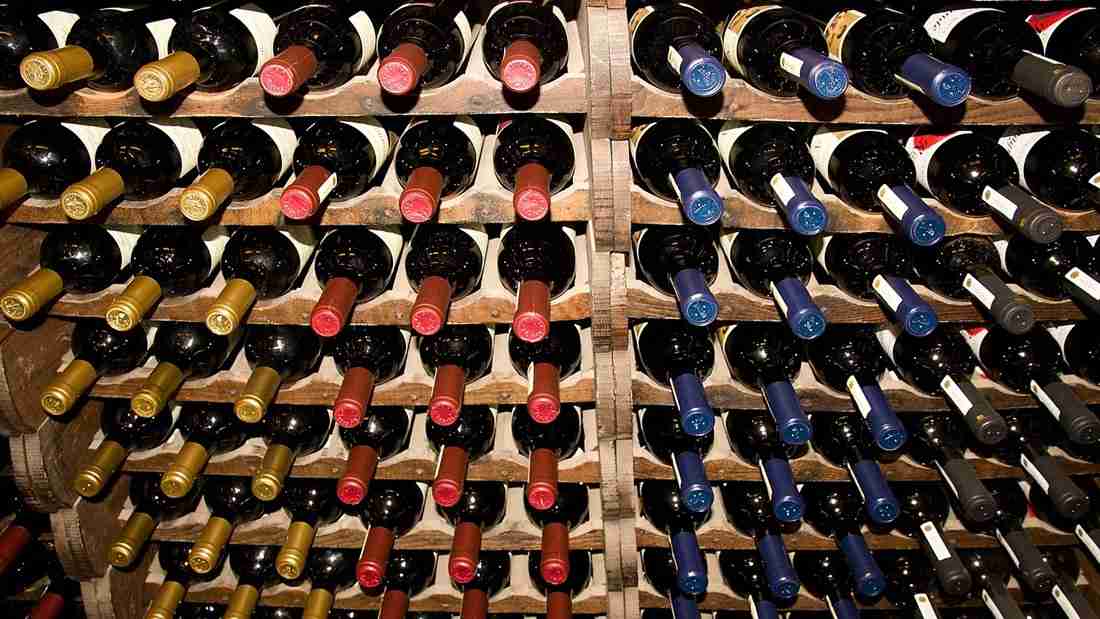
29 May Practical Aspects to Consider When Building a Wine Cellar
Designing an aesthetic-looking, safe and stable custom wine cellar does not have to be too complex. You just have to keep a few things in view while you are getting it designed. The one way to get it right is to hire the services of expert wine cellar designer such as Signature Cellars. These are the aspects that have to be taken into consideration while building a wine cellar.
Aspects to Consider
#1 Primary Function
Is the cellar going to be primarily used for wine storage or is it going to be a space where you entertain guests. The answer to this question will decide which design elements you should use and this will help you pick one that matches your requirements to perfection.
#2 Size
If you are a serious wine collector, its best to build a slightly larger cellar. It’s nice to look at a smaller cellar that is full with wines instead of larger ones with a few empty racks. But this can become quite troublesome, if you suddenly find more wine bottles that you would like to add to your collection
#3 Passive/Active Cooling
Though there can be a certain amount of debate on this point, a serious collector will always cool his/her wine. This is simply because, though it’s possible to passively cool a cellar, unless it is optimally situated (i.e. underground and south facing) there are no guarantees that there will be no fluctuation of temperature. Next to mold growth, temperature fluctuations become the biggest culprit of wine spoilage. Many people have basements with concrete walls and feel that this provides the required passive climate. However, this is not always the case, because of the modern construction techniques that are used today.
#4 Constant Temperature and Humidity
Wine can be stored at anywhere between 12°C to 20°C, with the goldilocks point widely regarded to be between 14°C to 16°C. Too cold and the wine will be in effective hibernation and not develop at all. Too much heat can have a negative impact on the delicate characteristics in your wine, which can be boiled off if your wine is regularly stored above 25°C. More important than average temperature is that a stable temperature be maintained in the wine cellar. Wine will prefer to be stored at a constant 18°C than go from 10°C to 16°C and back overnight. Wine being a natu ral product however does not mind it if temperature fluctuations are gradual, say from 14°C in winter to 19°C in summer, with an average of 17°C. If most of your wine is under cork, then the humidity should ideally be somewhere between 60-70%. It can be difficult to ensure these conditions in a passively-cooled environment, unless you have an underground Spiral Cellar with its unique passive ventilation system.
Ground temperatures below 1 metre are typically at a cool and constant temperature, averaging around 16°C in Melbourne and 18°C in Sydney. Modern basements are very well-insulated and have almost no air-penetration. Therefore, in modern homes the temperatures can be up to 10°C higher and the wine will start to deteriorate at these temperatures. If the basement also sees some active living and houses a few appliances or maybe a heating system, this becomes a definite danger zone for any type of passive wine storage. Refrigerators are too cold and dry for correct wine storage and proper temperatures are important for all wines- white, red, sparkling as well as rose.
#5 Location
Wine cellars can be built just about anywhere- in a separate room, a basement, spare closet or a pantry. It’s important to keep in mind that the location you pick will impact the cost of building & maintaining the cellar in the long-term.
#6 Cooling Systems
Typically, wine cellar walls need much thicker insulation and special dry building materials as well as moisture-resistant membrane. In terms of size & installation options, there are 3 main types of cooling systems; split systems offer maximum flexibility in this context. The thru-wall systems are all self-contained & no refrigeration technician will have to be called in for installation. If you are looking for an inconspicuous installation, ducted-systems are really the best option.
If you are getting and Air Handler installed, the ducting & line set will have to be installed in the initial stages. All the ducting will be inside the wine cellar space, the air will be run into a handler which will be in a separate mechanical room. You can choose between standard outdoor condensers or special indoor ones. This system will require an electric as well as drain line and having outdoor access is preferable
Other Factors
In addition to all these aspects, you will also have to choose a good exterior grade wine cellar door – this will help keep the temperature & humidity levels steady. You can also opt for dual-panel glass, wine cellar security and iron decorations to ensure that your wine cellar has the protection it needs. For more information, call Signature Cellars on 02 9340 7515 or use this contact form to get in touch with us.
Thanks for reading,
Neil Smallman
Signature Cellars
02 9340 7515




No Comments